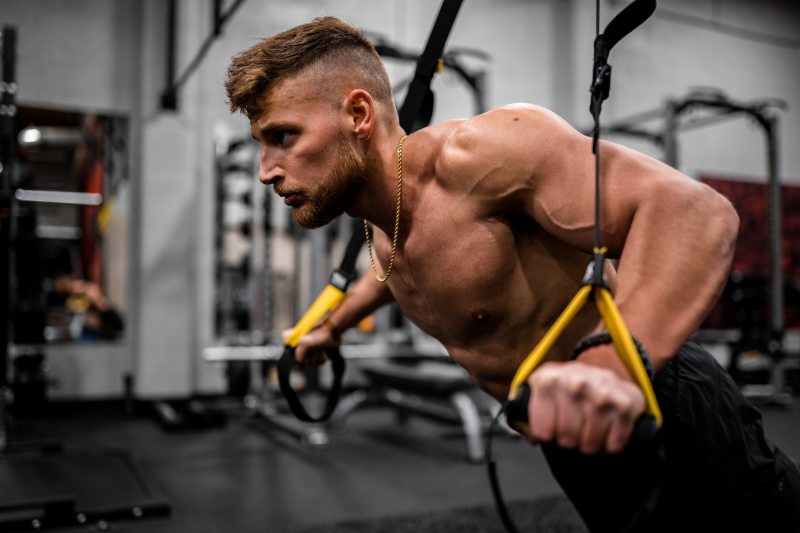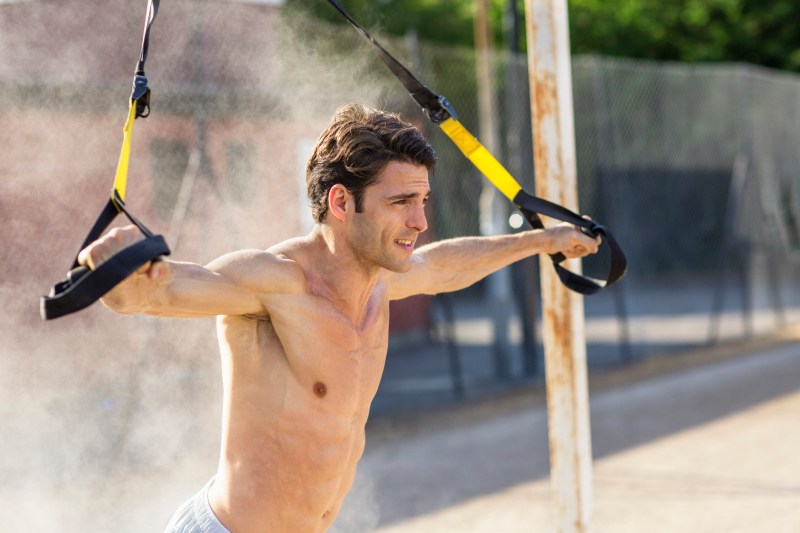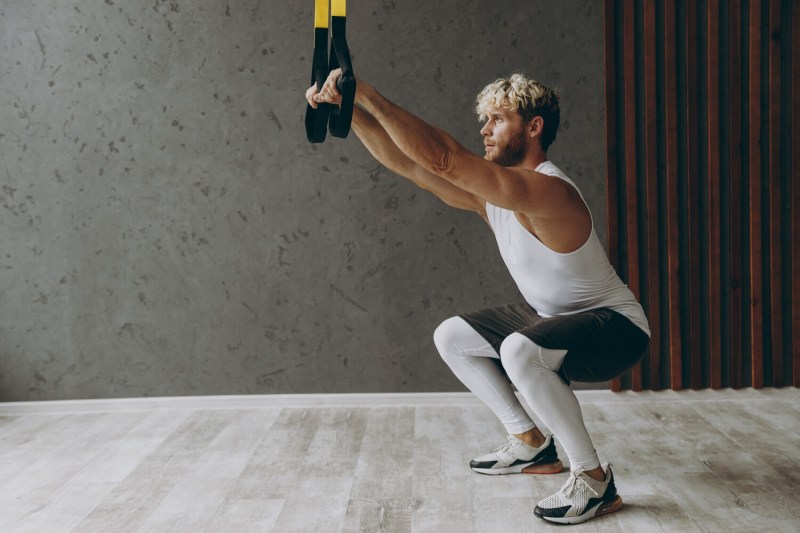Sometimes, even the most devoted gym lovers end up straying from the gym and trying other ways of getting ripped and optimizing their athletic performance. One of the ways that’s garnering more and more attention in the fitness world is the TRX suspension trainer. While the gym has plenty of interesting machines and equipment to work with, other different and effective fitness tools continue to hit the market. Many of these tools can be used at home or even outdoors, and some are so worthwhile and convenient that people are ditching their local gym. Let’s look at the TRX suspension trainer, how it works, and the benefits.
What is the TRX suspension trainer?

The TRX system, otherwise known as Total Resistance Exercises, is a specialized fitness tool and a form of suspension training. Former U.S. Navy SEAL Randy Hetrick originally designed the TRX equipment based on his own experience and research from the military, pro sports, and academic institutions. When you use the TRX Suspension Trainer, you’re leveraging your body weight and gravity to complete a range of exercises. You can choose from signature products, including heavy-duty straps, foot cradles, padding, and handles.
What is suspension training?

Suspension training involves performing bodyweight exercises using webbing, ropes, or bands anchored to a ceiling, door, or wall. With TRX training, you’re suspended from an anchor point, which challenges you to engage your core and use your own body weight and bands as a form of resistance.
TRX training primarily involves seven basic movements: push, pull, hinge, lunge, rotate, and squat. Moving your hands and feet changes the difficulty of the exercises.
What are the benefits of TRX?

There’s a good reason why professional athletes, celebrities, branches of the military, gyms, and Olympians are all using the TRX system. The following are some of the many benefits:
- Develop strength, flexibility, and core stability at the same time.
- Improve your balance.
- Work your full body and multiple muscle groups simultaneously.
- Work out outdoors, anchored to a tree, or from the comfort of your own home.
- It’s simple, portable, and convenient equipment.
- Use it for strength training, certain yoga moves, high-intensity interval training, and more.

A small study sponsored by the American Council on Exercise or ACE concluded that TRX training is a beneficial alternative to traditional exercise modalities. Participants experienced improvements in cardiovascular and muscular fitness as well as a significant reduction in body fat percentage, waist circumference, and resting blood pressure.
Another study showed that more unstable suspension devices like TRX cause further activation of the triceps, traps, quadriceps, and lumbar.
Is TRX better than lifting weights?

Lifting weights isn’t the only way to develop muscle. The research highlighted that weight lifting and TRX training leads to similar muscle and strength adaptations, and TRX training also causes a greater increase in jumping ability. It’s up to you whether you’d like to try traditional resistance training and pump iron in the gym or start using these interesting yellow straps. Many people work with both.




